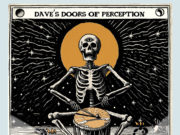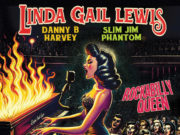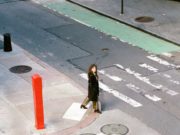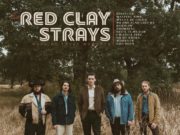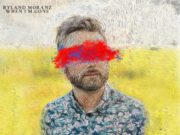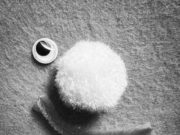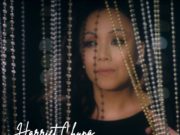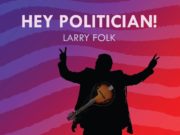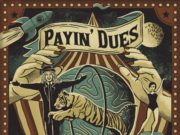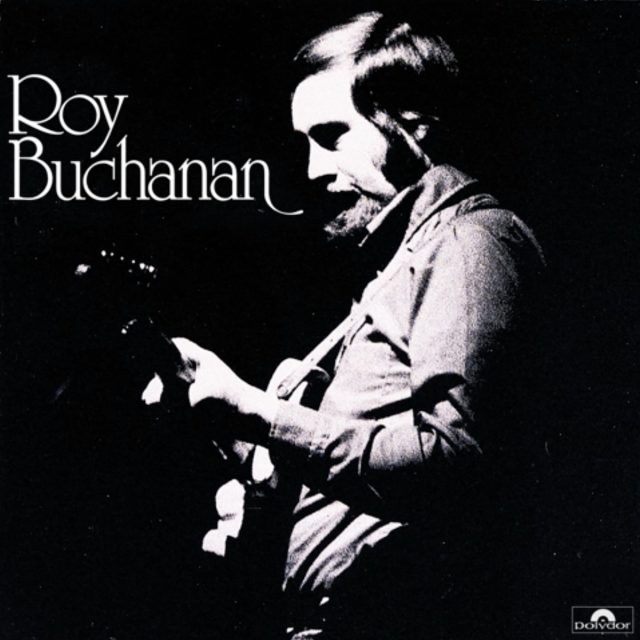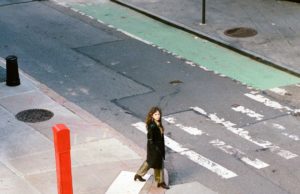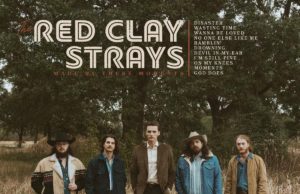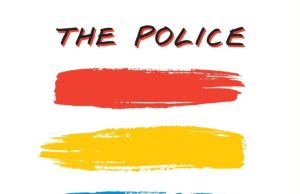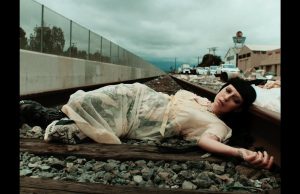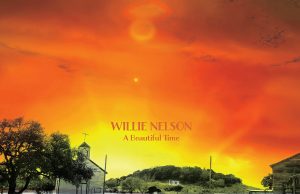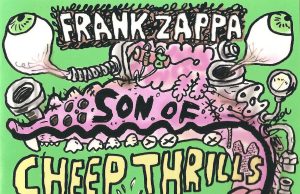 Usually when I flip through the unwanted records at Value Village, what I find is lots of battered copies of James Last, Nana Mouskouri and Santa Claus is Canadian LPs. But, I found a wonderful treasure recently — Roy Buchanan’s 1972 self-titled major label debut. And it was in fantastic shape.
Usually when I flip through the unwanted records at Value Village, what I find is lots of battered copies of James Last, Nana Mouskouri and Santa Claus is Canadian LPs. But, I found a wonderful treasure recently — Roy Buchanan’s 1972 self-titled major label debut. And it was in fantastic shape.
Sadly, there’s more than a good chance you haven’t heard of Buchanan. This despite the fact that any and every Google combination you might try will inevitably bring you descriptions like “pioneer” or “quintessential” and “The guitarist’s guitarist.” Again and again, you will also see the words “criminally overlooked.”
Buchanan was born in the Ozarks three weeks into the Second World War. By age 15 he was already playing guitar on stage and television. He paired up with Dale Hawkins, whose 1957 hit My Babe has Buchanan’s first recorded guitar solo. Then Buchanan headed north to Canada to make music with Dale’s legendary brother Ronnie Hawkins, where he tutored young guitarist Robbie Robertson of Hawkins’ Hawks (and eventually The Band).
Finally attracting attention for his ability, tone and originality, Buchanan found himself the subject of a 1971 PBS documentary which thrust him into the spotlight. Unsubstantiated stories swirled about how he turned down The Rolling Stones when they were looking for a replacement for Brian Jones. Music writers began to sing his praises as a sideman and hired gun — but he didn’t even have an album out yet. Well, not on a major label, anyway. He did have a self-released record called Buch and the Snake Stretchers which you could only buy at gigs. It was a plain white sleeve, wrapped in burlap and issued on the BIOYA Sound label. BIOYA, of course, stands for “blow it out your ass.” This release exists on Discogs at fairly reasonable prices, but beware of fakes and re-issues posing as the real deal.
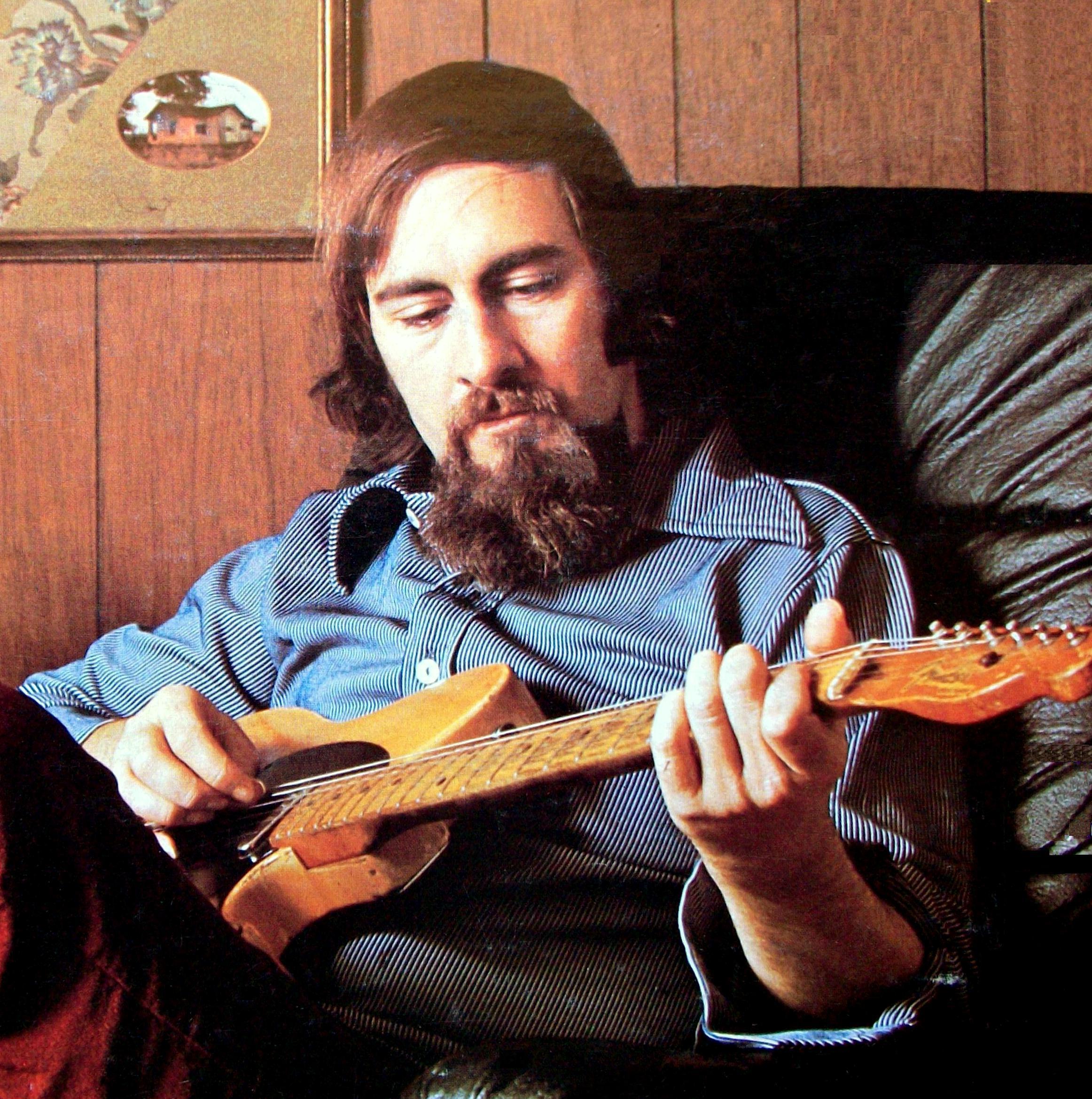
Several of the songs on that first album made their way onto Buchanan’s self-titled debut — he was signed by Polydor after somebody there saw the PBS special. It was probably very welcome news for the 32-year-old Buchanan, who was married with six young children by then.
There’s nothing else in my collection quite like this album. The opening track is absolutely incredible — an instrumental version of Don Gibson’s Sweet Dreams (also recorded by Patsy Cline). The guitar tone is so effective and the playing is emotive and really, really thoughtful. Buchanan doesn’t just play notes — each note or chord is a movement. Every audible bit of the notes he plays is fashioned exactly the way he wants you to hear it. Sometimes the notes tail off sadly, almost resigned. Other times they rumble and swell, giving way to a crescendo of frenzied ripping. He manipulates your emotions with his playing — with purpose, design and skill. This artistry is something miles beyond even the most talented shredder, or those well-versed in all the licks, tricks and turnarounds. Buchanan finds his stuff from within and is able to produce the sound — without effects pedals. No wah. no delay, no distortion. He plays full-volume and full-tone on a ’57 Telecaster through a Fender Vibrolux amp with razor blade cuts in the speaker cones to achieve a slight fuzz-tone. Sweet Dreams is magnificent. You might have heard it at the end of Martin Scorsese’s The Irishman.
Next up is an all-out country number I Am A Lonesome Fugitive, which was carried over from his indie release. The more I listen to this song, the more I love it. It’s the kind of track The Lemonheads like to cover. It has a wordy, awesome chorus. The short, instrumental Cajun is next. Very accessible and would be immediately popular with lovers of guitar rock. It’s catchy and cool and — at just a minute-and-a-half long — not too drawn out.
John’s Blues follows. This one is a soaring, slow blues like Red House or Stormy Monday. Buchanan is exceedingly gifted at blues guitar and it is on full display here. If you’re trying to impress a Led Zeppelin-loving pal with this album, start with this song.
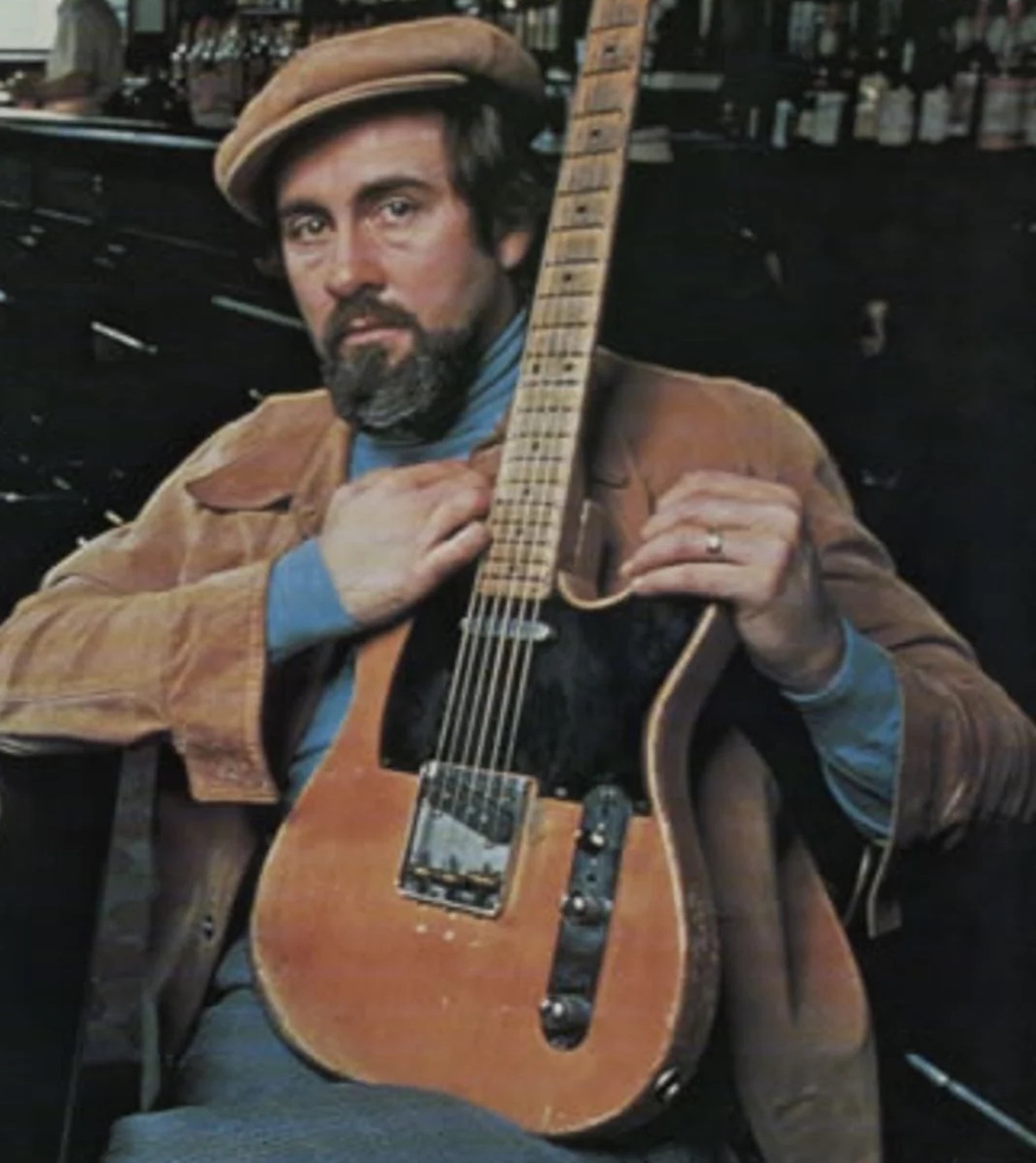
The last song on the first side actually was released as a single. The yakety-yak-like Haunted House is almost a novelty song, but is simply too good — and the chorus refrain “doncha be here when the morning comes” is cool.
Flip the album over and we get another big, slow blues number — an epic. Pete’s Blues runs seven minutes of improvised soloing overtop of progressively discordant Hammond organ and bass. Lovers of electric slow blues will get lost in this. Then it’s a live favourite — The Messiah Will Come Again. Following a spoken-word introduction this bluesy instrumental equals Sweet Dreams as a showcase of Buchanan’s unique skill and style. You’ll see why Jeff Beck loved him so much.
The only thing which sours this album is the cheesy cover of Hank Williams’ Hey Good Lookin’ that wraps the entire affair. I get it — there’s a lot of slow, epic blues stuff weighing the album down, but I would have preferred an uptempo song that’s not such an old chestnut. Perhaps he could have redone either his cover of Neil Young’s Down By The River or Chuck Berry’s Johnny B Goode, which he did on his first indie release. But I understand wanting to have another country number on the record.
Buchanan’s debut was well-received, but the followup sold even better, going gold. He had a handful of gold records with Polydor and then Atlantic before frustrations with the music business prompted him to quit recording in 1981. He was lured back by Alligator Records in the mid-’80s and made three critically acclaimed albums before his untimely death.
Roy struggled with alcoholism. During a break in his 1988 tour, he got into a dispute with his wife and she called the police. He was found not far away and charged with public intoxication and taken to jail. Just a week after his last performance, he hung himself in his cell at the freshly expanded Fairfax County Adult Detention Centre in Virginia. He was 47 years old.
4/5


